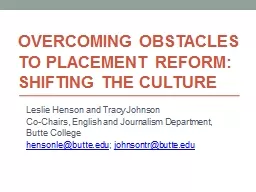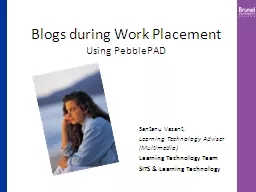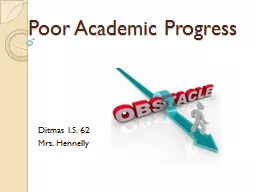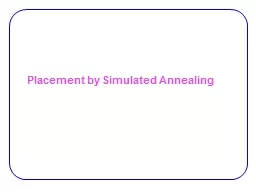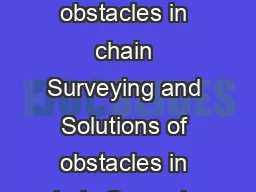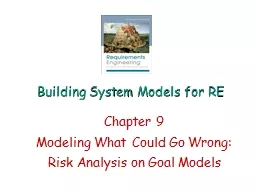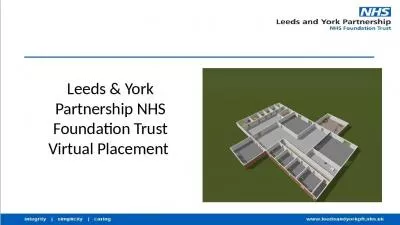PPT-Overcoming Obstacles to Placement
Author : liane-varnes | Published Date : 2017-12-27
Reform Shifting the Culture Leslie Henson and Tracy Johnson CoChairs English and Journalism Department Butte College hensonlebutteedu johnsontrbutteedu Topics
Presentation Embed Code
Download Presentation
Download Presentation The PPT/PDF document "Overcoming Obstacles to Placement" is the property of its rightful owner. Permission is granted to download and print the materials on this website for personal, non-commercial use only, and to display it on your personal computer provided you do not modify the materials and that you retain all copyright notices contained in the materials. By downloading content from our website, you accept the terms of this agreement.
Overcoming Obstacles to Placement: Transcript
Download Rules Of Document
"Overcoming Obstacles to Placement"The content belongs to its owner. You may download and print it for personal use, without modification, and keep all copyright notices. By downloading, you agree to these terms.
Related Documents

